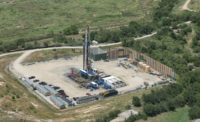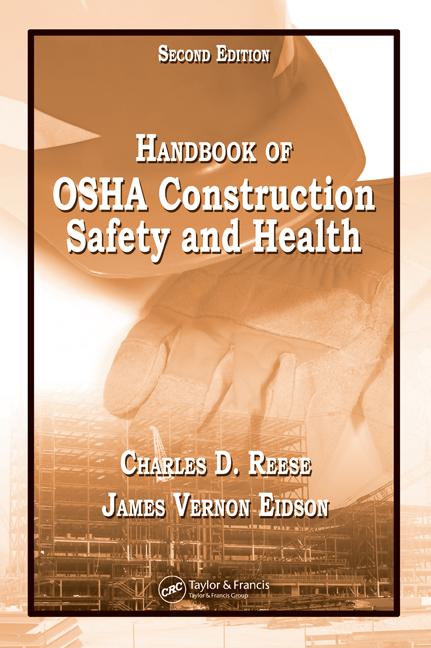Accurately measuring oil workers’ exposures to potentially toxic materials has long been problematic. Continuous sampling, in particular, was impossible because the equipment necessary for 24-hour sampling was too bulky to be delivered to remote sites in a timely manner.1
Previous research found that the highest exposures are among the workers performing extraction activities. But those are not the only operations that present a risk. Workers can come into contact with hydrocarbon gases and vapors via engines that power equipment emitting diesel exhaust, manual tank monitoring, and sampling and fluid transfer activities. Exposure to silica dust is possible in numerous operations. This includes hydraulic fracturing, a process which requires transferring sand and mixing it with water before injecting the mixture deep underground to help extract gas from the rock formation.1
Why measurements matter
Determining the specific exposure levels associated with different jobs in the oil and gas field is challenging but necessary: with that information, controls can be designed for particular tasks and workers can enjoy a greater degree of protection.
To that end, researchers at NIOSH are leaving the lab and heading out into the field to gain more accurate exposure measurements, and they’re doing so using a new portable field laboratory.
This mobile, data-gathering unit has several advantages over conventional laboratories, at least when it comes to oil industry research:
1) All of the necessary equipment is self-contained in the laboratory, enabling researchers to perform 24-hour air sampling. Researchers can use high-tech instruments such as chromatographs right at a well site to identify the exposure levels of volatile gases and vapors. Gas chromatographs analyze the specific chemical composition of the air in real time, eliminating the need to send samples to a laboratory.
2) Researchers can ride to the well site along with their sensitive, expensive monitoring equipment, instead of entrusting it to a third party and hoping that it arrives intact, as they had to do in the past.1
Potential health risks to U.S. oil and gas extraction workers suffer from a dearth of published information. NIOSH says this is an area that needs further research, “particularly in material inventory, exposure characterization, and surveillance.”2
In addition to the toxins mentioned above, there are other suspected health hazards that remain to be quantified, such as high or low temperature extremes, noise, hydrogen sulfide, heavy metal exposure, and naturally occurring radioactive material (NORM).
Combination exposures also being studied
Back in the (conventional) lab, NIOSH researchers also are using controlled experiments to study the potential health hazards of combined occupational exposure to two air contaminants in hydraulic fracturing (“fracking”) operations: silica dust and diesel exhaust (which has been classified as a possible carcinogen by both NIOSH and EPA.) As the first study of its kind to examine the combined effects of these substances, NIOSH expects this research to fill a critical gap in exposure knowledge.1
Also on NIOSH’s oil-and-gas research “to do” list: another first-of-its-kind study, this one aimed at investigating the health effects of breathing in unrefined (crude) oil. Crude oil releases potentially toxic gases and vapors into the air, posing the risk of inhalation. Researchers have developed an innovative system that can generate the same type of gases generated during some oil and gas operations. They hope that their findings lead to improved understanding of potential hazards and protection for oil workers.1
1. http://www.cdc.gov/niosh/research-rounds/resroundsv1n8.html




